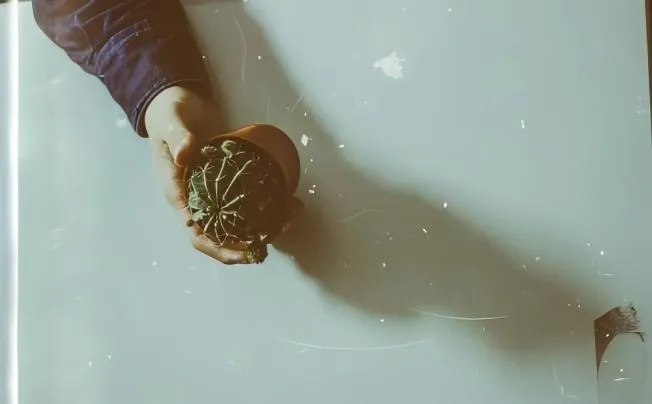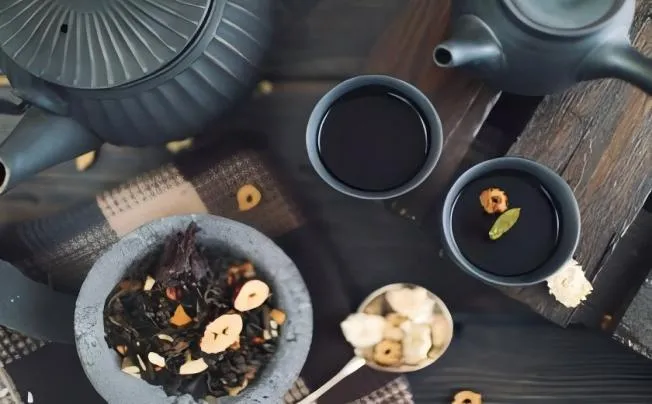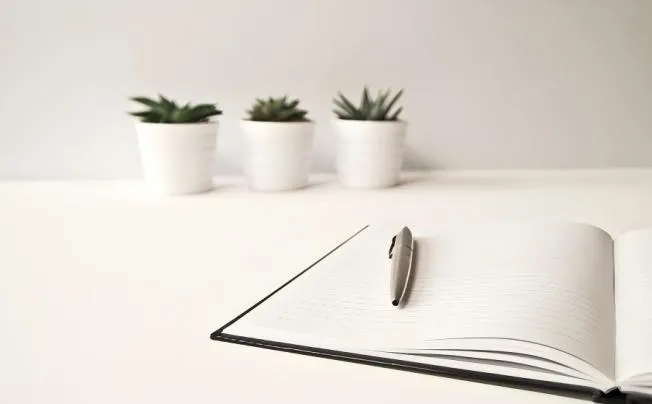Is It Necessary To Line A Wooden Planter?
Do you need to add a lining to a wooden flower pot? This seemingly simple question actually contains many factors that affect the growth of plants and the life of the flower pot.
Benefits of Wood Planter Liners
1. Preserve wood
While the liner of the wooden flower pot can successfully resist moisture, wood, which is exposed to water for extended periods of time, is susceptible to moisture and rot. By adding lining to a wooden flower pot, excess water will be kept from penetrating the wood during watering, reducing the rate at which moisture-induced wood rot occurs, significantly increasing the pot's lifespan, and reducing the expense and effort required to replace flower pots.
2. Preserve the structure of the soil
The wooden flower pot's liner can stop soil particles from being washed away with water. If there isn't a liner, the water flow may slowly transport the small soil particles out of the flower pot while watering, leaving the soil bare and the structure damaged. In addition to allowing water to flow through, the liner may guarantee that the soil stays in the flower pot at all times, preserve the soil's fertility and air permeability, and give succulent roots a stable growing environment so they can flourish and produce full, thick leaves.
3. Regulate the growth of roots
Plants have rich, hydrophilic roots that will spread out towards a good growing environment. The wooden flower pot's liner can direct the roots to spread out evenly. The roots will be somewhat constrained when they reach the lining's edge, which will encourage even root distribution throughout the flower pot and prevent an overabundance of roots in one spot. The lining can also stop the roots from entering the flower pot and harming the structure of the flower pot.

How to choose the right lining material?
Film made of plastic
One popular and reasonably priced lining material that is widely accessible on the market is plastic film. It offers dependable moisture-proof protection for wood because of its exceptional waterproof qualities and ability to keep moisture out of wooden flower pots. Wooden flower pots can be effectively shielded against rain erosion in regions with higher rainfall by lining them with plastic film. Plastic film does, however, have several clear drawbacks, including inadequate air permeability. This indicates that it is difficult for air to flow through the soil and for moisture to evaporate, which could result in an overly damp soil and oxygen-deficient roots, which would hinder plants' ability to grow normally.
The geotextile
A fabric composed of synthetic fibres with good air and water permeability is called geotextile. This keeps the soil moist while letting extra water run off easily, preventing soil waterlogging and giving plant roots enough oxygen. In addition, geotextile is incredibly resilient, difficult to break, and has a long lifespan. Price-wise, geotextile is likewise reasonably priced and economical. Geotextile is an excellent lining option for both small and big potted plants and wooden flower pots.
Mesh made of metal
Typically composed of corrosion-resistant metals like stainless steel, metal mesh is robust and long-lasting. Because of its sturdy structure, which can bear heavy weights, it is especially appropriate for large wooden flower pots. The metal mesh's grid structure encourages the growth of plant roots, which can spread outward through the grid and create a more organic root distribution. Additionally, a certain amount of air permeability can be provided by the metal mesh, which facilitates the interchange of soil with the surrounding air. Metal mesh can withstand deterioration from weather-related elements like wind and rain and continue to work for a considerable amount of time in outdoor settings.

Steps to properly install the liner
1. Getting ready
The lining cloth must first be cut to the appropriate size for the flower pot using a pair of sharp scissors. Second, prepare the appropriate materials, such as metal mesh, plastic film, or geotextile, based on the lining material that was chosen. To secure the lining and guarantee its stability in the flower pot, you may also get some extra tools ready, like tape or rope.
2. Measuring and cutting
The secret to making sure the lining fits is to measure the flower pot precisely. The flower pot's height, bottom diameter, and inner diameter must all be measured. Measure the flower pot's inner wall with a soft ruler or tape measure, then note the precise measurements. To allow for adjustment during installation, we must make sure that the lining material we cut is slightly wider than 30 cm and slightly longer than 25 cm, for instance, if the flower pot's inner diameter is 30 cm and its height is 25 cm. Try to maintain the edges tidy when cutting to prevent unevenness, which detracts from the lining's appearance and installation effect.
3. Fixation and installation
Place the cut liner into the flowerpot, beginning at the bottom and working your way up to fit the inner wall. To keep it from slipping, you can use tape to secure the edge of any geotextile or plastic film to the flowerpot's edge. Because of its hardness, metal mesh may be put straight into a flowerpot and, according to its own structure, creates a certain amount of friction with the flowerpot's inner wall to keep it stable. If further fixing is needed, you can attach the metal mesh's edge to the flowerpot's edge with a rope. To give the plants a healthy growing environment, make sure the liner fits level on the flowerpot's inner wall during installation and take care to prevent wrinkling or twisting.

Selected Blogs
-
What customization services are available for metalworking customization?
2024-12-12
-
What Is The Difference Between A Plant Container And A Raised Bed?
2024-04-23
-
Garden Screening & Fence Panels
2024-04-23
-
Gardening pot selection tips
2024-04-17
-
The function and collocation of horticultural fire pot
2024-04-17


